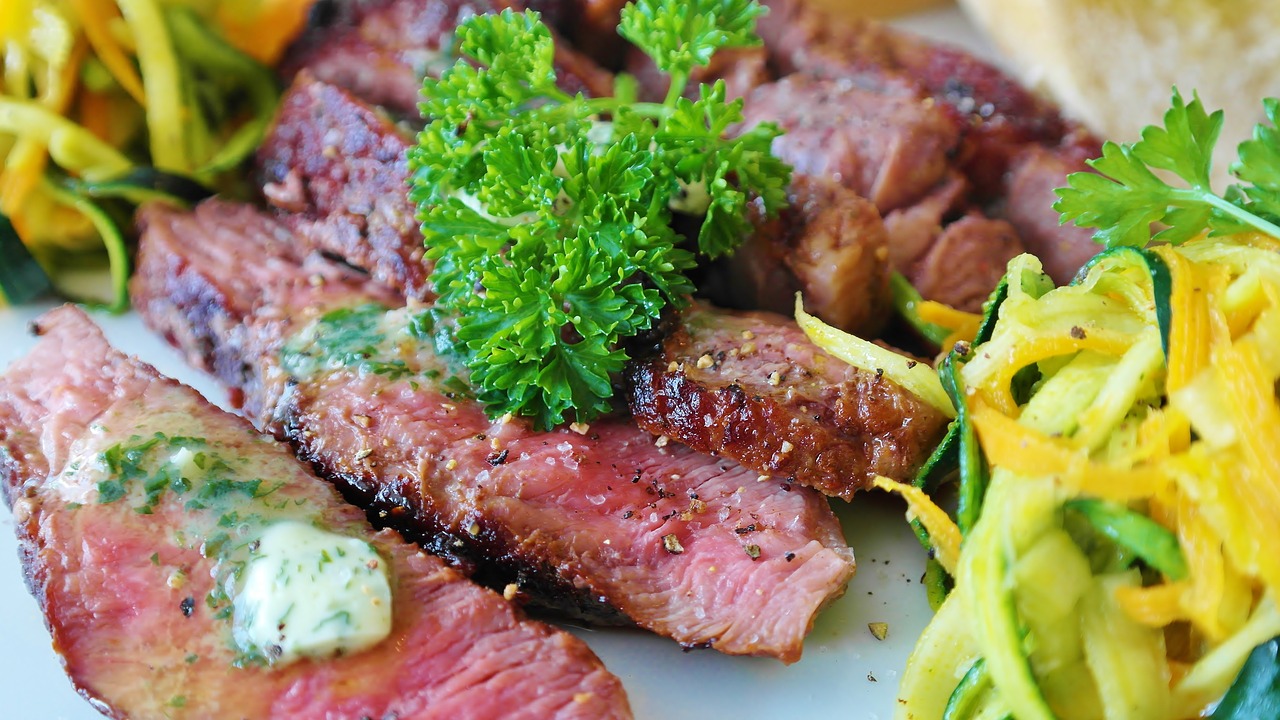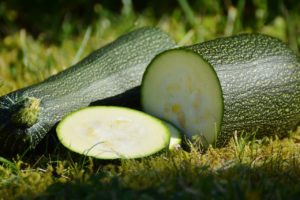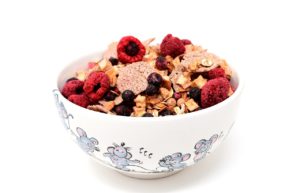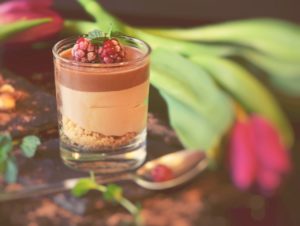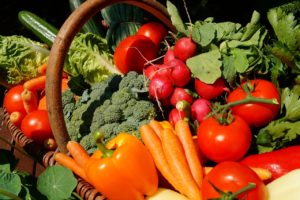Eating is one of the many sources of enjoyment given to us by Nature. Though it was intended for this activity to be a source of nourishment for the body, since most modern day dietetic innovations avoid proper food combining methods, they tend to do the exact opposite.
In a traditional diet, everything is mixed together in every possible way. Ease of digestion is not the goal, but rather the excitement of the senses in one meal. Dr. Tilden used to say that Nature never produced a sandwich-a modern dietetic abomination. Such protein-starch combinations are of recent origin and like most modern meals today, instead of feeding the body, they actually poison it.
Bad Food combining creates indigestion, fermentation and gas. Food is fermenting and putrefying in the intestines, which is one of the main causes of constipation, a clogging up of the bodily tissues.
Therefore, simplicity of a meal should be the goal when eating for health. This includes first and foremost, proper food combining principles, consuming the right quantity at a time and eating only when truly hungry.
Certain foods take longer to digest than others and therefore should not be eaten at the same time as ones that would leave the stomach quicker. Ideally, eating one kind of food (fruit or vegetable) at a time would be the most ideal, but granted, we live in a society where success at certain things might hinge on enjoyment of the practice.
Variety is one sure way of increasing enjoyment but when it comes to food, especially for the health seeker, this should be approached with care.
Food combining: Classification of Foods
Foods (when eating for health) can be classified as follows.
-Fruit:
1. Sweet Fruits: Tropical fruits, Bananas, Mangoes, Papaya, Dates, Dried fruits, Sweet apples.
2. Acid Fruit: Citrus, Lemon, Tomatoes, Berries, Pineapples.
3. Sub-Acid Fruit: Most tart apples, Pears, Grapes,
4. Melons: Cantaloupe, Honey-Dew, Water Melon etc
5. Fatty: Avocadoes, Olives, Durian, Young coconuts
-Nuts and Seeds
1. Non-Starchy Foods:
Green leaves, Carrots, Fruit Vegetables e.g. Cucumber, Bell Peppers, Zucchini
2. Starchy: Cooked Vegetables (roots), Grains (if necessary)
3. Lettuce and Celery:
Listed above are foods in their various categories, in the next part of the article on:
“Food combining: Learn the tips on this necessity for better health today.”
I will ensure to go over the details of food combining principles for eating right.
Boy, would it have been easier if we just ate like apes eh? Eat a mono-meal of fruit and a few leaves and call it a day. Well, in this present age, that is close to impossible for most people, hence the need to at least learn better food combining methods for health.
See you in part 2 of this article.

